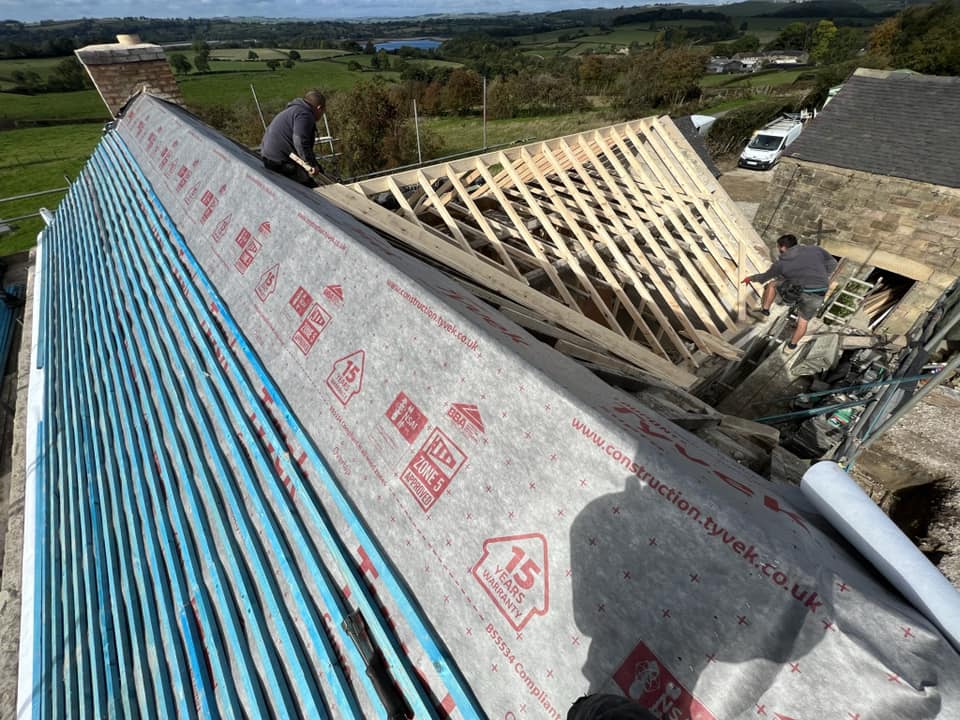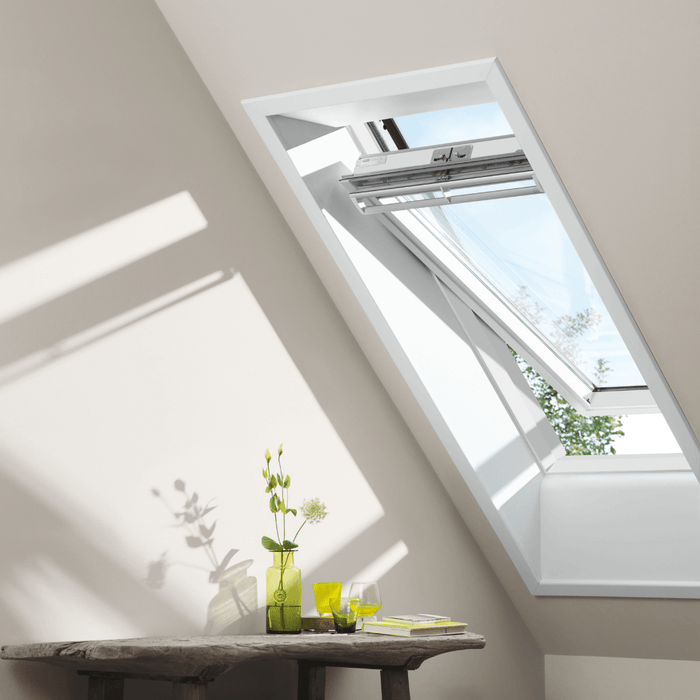In the world of construction and architecture, every component plays a vital role in ensuring the longevity and durability of a structure. Among these crucial elements, roofing breather membranes stand out as unsung heroes, silently safeguarding buildings against the elements. From their inception to their modern-day applications, let's delve into the world of roofing breather membranes to understand their significance, installation, benefits, and cost-effectiveness.
How long have breather membranes been involved?:
Roofing breather membranes, also known as breathable roofing felt or roof underlays, have been a staple in construction for several decades. The concept emerged in the mid-20th century, initially as a means to prevent moisture buildup beneath roofing materials. Over time, advancements in material science and construction techniques have refined these membranes, enhancing their effectiveness and versatility.
Why are breather membranes used?:
The primary function of roofing breather membranes is to manage moisture within a building's roof structure. They serve as a protective barrier against wind-driven rain, snow, and moisture vapor, while still allowing trapped moisture to escape outward, thereby preventing condensation and potential damage to the roof's structure. This breathability is crucial in maintaining a healthy and stable environment within the building, reducing the risk of mold, rot, and structural decay.
How to install a breather membrane?:
Installing roofing breather membranes is a meticulous process that requires attention to detail and adherence to manufacturer guidelines. Typically, the membrane is laid horizontally over the roof's substrate before the final roofing material, such as tiles or shingles, is applied. Proper overlapping and sealing techniques are employed to ensure a continuous and watertight barrier. Additionally, special care is taken around protrusions like vents, chimneys, and skylights to maintain the membrane's integrity.
What are the benefits of Using Roofing Breather Membranes:
Moisture Management: By allowing moisture to escape while preventing water ingress, breather membranes help maintain optimal humidity levels within the roof structure, mitigating the risk of mold and rot.
Weather Resistance: These membranes act as a secondary defense against harsh weather conditions, protecting the roof's underlying structure from wind, rain, and snow.
Enhanced Thermal Performance: Some advanced breather membranes offer thermal insulation properties, contributing to improved energy efficiency and comfort within the building.
Durability: High-quality membranes are engineered to withstand long-term exposure to UV radiation and environmental stresses, ensuring the longevity of the roof system.
Versatility: Breather membranes are compatible with various roofing materials and designs, making them suitable for a wide range of architectural styles and construction methods.
Are breather membranes cost effective?:
While the initial cost of installing roofing breather membranes may seem like an additional expense, their long-term benefits far outweigh the investment. By extending the lifespan of the roof structure, reducing maintenance requirements, and enhancing energy efficiency, breather membranes offer significant cost savings over the life of the building. Moreover, their ability to prevent costly damage caused by moisture infiltration makes them a vital investment in ensuring the integrity of the entire structure.
In conclusion, roofing breather membranes represent an indispensable component of modern construction, providing essential protection against moisture-related issues and environmental hazards. From their humble origins to their widespread adoption in contemporary building practices, these membranes continue to prove their worth in preserving the longevity and functionality of roofs worldwide. As we strive for sustainable and resilient built environments, the importance of roofing breather membranes in ensuring structural integrity and occupant comfort cannot be overstated.










